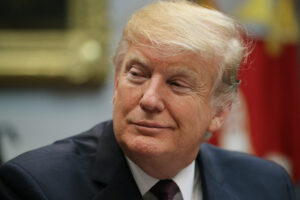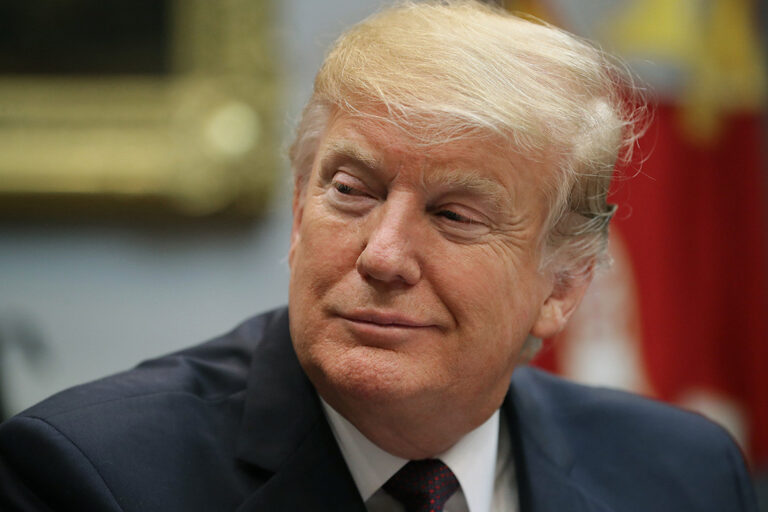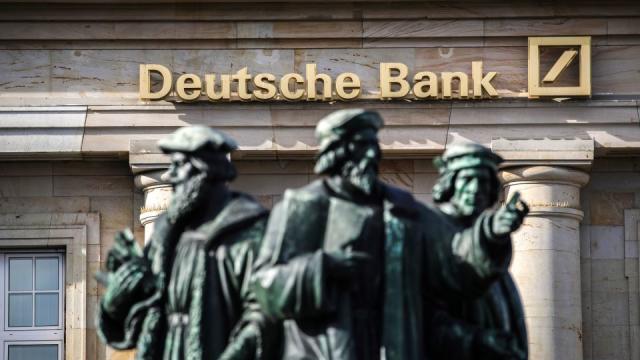In an era where digital currency is revolutionizing our financial landscape, a contentious debate has emerged, headlined by the incendiary claim: “Crypto Controversy: Is it Funding Terrorism?” This statement, originally propounded by major news outlets like The Wall Street Journal (WSJ), has sparked an uproar in the Web3 community, highlighting a deep-seated mistrust towards mainstream media’s portrayal of cryptocurrency.
The crux of the debate revolves around a report by the WSJ, alleging that Hamas and associated organizations received significant funding through cryptocurrency, specifically tens of millions of dollars, purportedly fueling conflicts in the Middle East. However, this claim has been met with skepticism and countered by experts in blockchain analytics, such as Chainalysis and Elliptic. They argue that the actual amount is likely only a few thousand dollars, a stark contrast to the figures quoted by WSJ.
Despite these clarifications, the narrative of crypto as a tool for terrorism financing persists, uncorrected by the WSJ. This oversight has not only misled the public but also influenced policymakers. Senators like Elizabeth Warren and Sherrod Brown, notable for their stance on financial regulations, have echoed these sentiments, advocating for a stringent crackdown on cryptocurrency. This stance, rooted in misinformation, overlooks the nuanced reality of digital currencies.
The crypto community is understandably frustrated. The industry, which prides itself on transparency and decentralization, finds itself at odds with a media landscape that often seems more interested in sensationalism than in truth. This frustration is not without merit, considering the far-reaching implications of such reports on policy and public opinion. The erroneous reporting by WSJ has inadvertently fueled a legislative frenzy, with over a hundred lawmakers urging the U.S. Treasury Department to act against the supposed use of crypto in financing terrorism.
Elliptic’s data, misinterpreted in the initial report, paints a different picture. It highlights the modest scale of public crypto fundraising, particularly by organizations like Gaza Now, a pro-Hamas news outlet, which only managed to raise about $21,000 – a sum that has largely been frozen by authorities.
Venture capitalist Nic Carter, alongside other prominent figures in the crypto space, has been vocal in demanding a retraction of the WSJ story. Their concern is that the unchecked spread of this narrative could cause irreversible damage to the perception and regulation of cryptocurrencies. Unfortunately, even if a correction is made, the idea of crypto as a funding mechanism for terrorism might have already taken root in the public consciousness.
This situation underscores a broader issue within the realm of journalism and its interaction with emerging technologies like cryptocurrency. The rapid spread of misinformation and the reluctance to correct it not only misguides public opinion but also shapes policy decisions at the highest levels. For those in the crypto industry, this is a disheartening yet familiar narrative, reinforcing the notion that mainstream media, at times, prioritizes sensationalism over accuracy.
The ongoing “Crypto Controversy” serves as a stark reminder of the power of media narratives and their implications. It’s a call for more responsible journalism, one that embraces the complexity and potential of emerging technologies, rather than reducing them to simplistic and often misleading headlines. The crypto community’s disillusionment with mainstream media is not unfounded, but rather a response to a pattern of misrepresentation and oversimplification, a pattern that needs urgent rectification for the sake of truth and progress.























+ There are no comments
Add yours